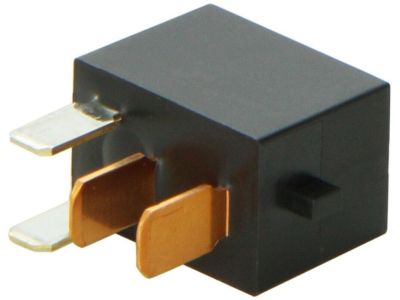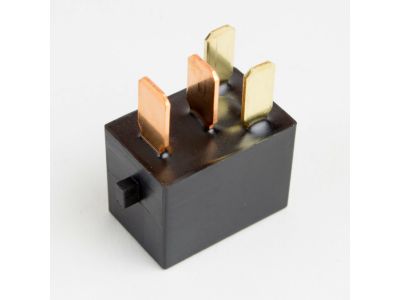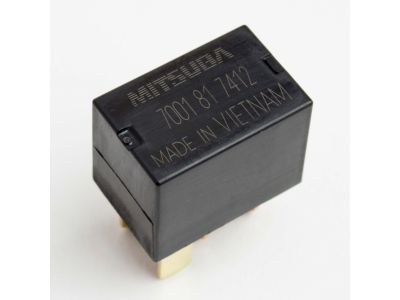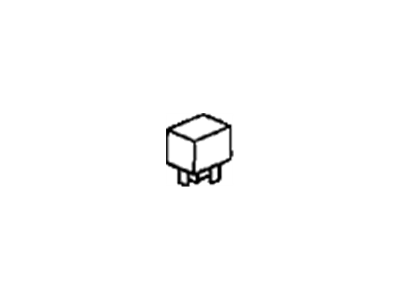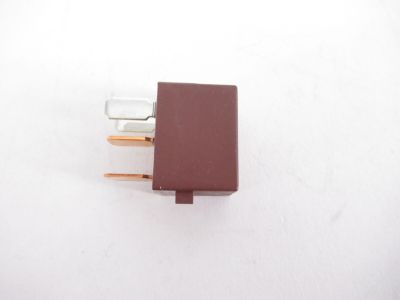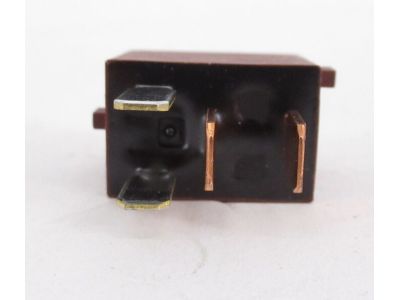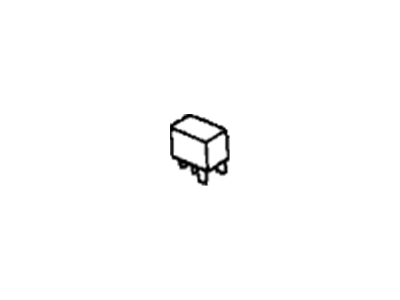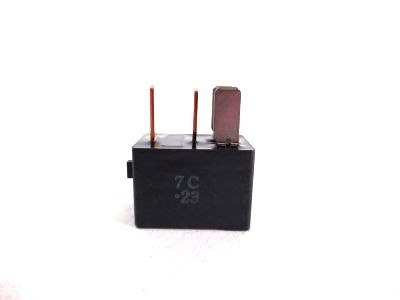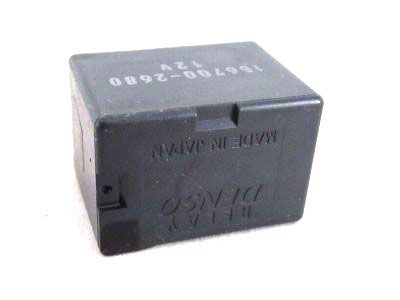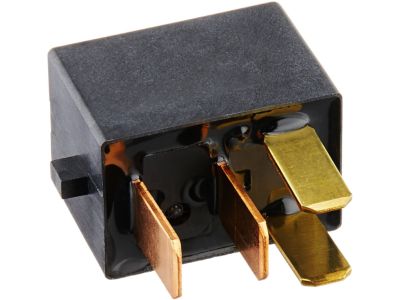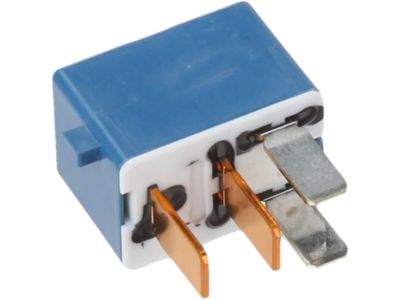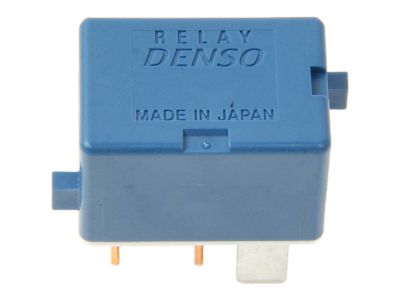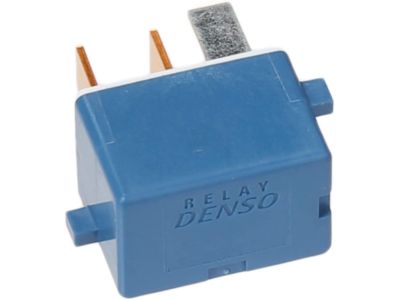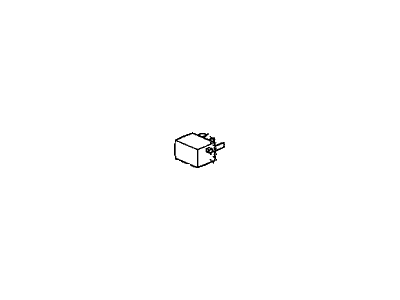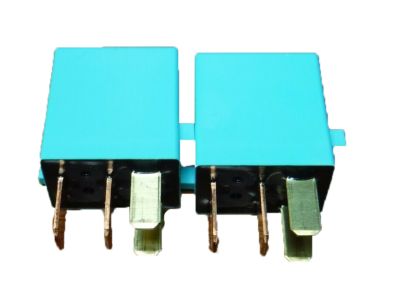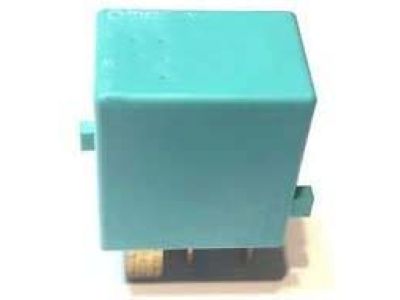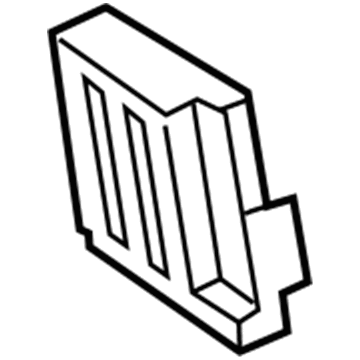×
- Hello
- Login or Register
- Quick Links
- Live Chat
- Track Order
- Parts Availability
- RMA
- Help Center
- Contact Us
- Shop for
- Honda Parts
- Honda Accessories

My Garage
My Account
Cart
Genuine Honda Crosstour Relay
Wire Relay- Select Vehicle by Model
- Select Vehicle by VIN
Select Vehicle by Model
orMake
Model
Year
Select Vehicle by VIN
For the most accurate results, select vehicle by your VIN (Vehicle Identification Number).
8 Relays found

Honda Crosstour Relay Assembly, Power (Micro Iso) (Mitsuba)
Part Number: 39794-SDA-A05$22.81 MSRP: $32.22You Save: $9.41 (30%)
Honda Crosstour Relay Assembly, Engine Control Module (Denso)
Part Number: 39794-SDA-902$63.62 MSRP: $92.20You Save: $28.58 (31%)
Honda Crosstour Relay Assembly, Power (Micro Iso) (Denso)
Part Number: 39794-SDA-A02$29.16 MSRP: $41.53You Save: $12.37 (30%)
Honda Crosstour Relay Assembly, Power (Micro Iso) (Omron)
Part Number: 39794-SDA-A03$22.81 MSRP: $32.22You Save: $9.41 (30%)
Honda Crosstour Relay Assembly, Fuel Pump (Denso)
Part Number: 39794-SDA-004$50.52 MSRP: $71.35You Save: $20.83 (30%)
Honda Crosstour Relay Assembly (Micro Iso)
Part Number: 39792-SDA-A01$4.47 MSRP: $6.32You Save: $1.85 (30%)
Honda Crosstour Relay Assembly, Power (5P) (Micro Iso)
Part Number: 39794-SNB-E01$37.11 MSRP: $52.42You Save: $15.31 (30%)
Honda Crosstour Relay
In search of affordable OEM Honda Crosstour Relay? Consider browsing through our extensive inventory of genuine Honda Crosstour Relay. Not only do we provide market-leading prices and a manufacturer's warranty, but we also pride ourselves on exceptional customer service and swift delivery.
Honda Crosstour Relay Parts Questions & Experts Answers
- Q: What are the functions and testing methods of different types of relays used in electrical accessories on Honda Crosstour?A:Most of the electrical accessories including fuel injection system, Horns, starter and fog lamps employ relays to control current to components where a small control circuit current controls a heavy current power circuit. Faulty component in the relay will result in the components which are being powered by the high current circuit not working. Fuses/Relays are located near the engine compartment fuse/relay box and the under-dash fuse and relay box; the engine compartment fuse/relay box is on the left side of the car behind the air filter housing. To identify a particular fuse or relay, first access it by lifting a lid and then you'll find a guide printed at the base. The under dash fuse and relay box is the kick panel on the left, you will need to remove the panel to find the relays. There are two basic types of relays: These circuits, often referred to as 'normally open' and 'five-terminal', are frequently utilized when end-users wish to control a lighting circuit using a PIR detector. Many normal-open relays exist for functions such as the accessory power socket, as well as parts of air conditioning, and they have four external spade connectors placed in a specific direction. A normally-open relay is tested by checking for continuity between terminal No. 1 and terminal No. 2 with the power supply disconnected; conversely, continuity should be obtained when terminal No. 3 is connected to the power and terminal No. 4 is grounded. Some of the relays which include the five-terminal type B relays used in functions such as daytime running and moonroof control are characterized by five terminals. Testing involves probing for continuity between terminal no 1 and 4 when power is switched off, and between terminal no 1 and 2 when power and ground are connected to terminals no 3 and 5 respectively.
